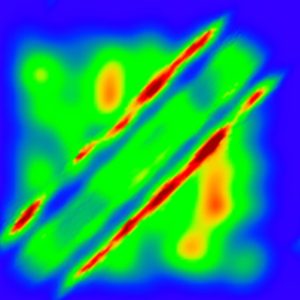Studying open quantum systems and understanding how dissipation acts at the microscopic scale
 In a number of applications, such as quantum information processing and coherent spectroscopy, coupling to a fluctuating bath leads to undesired decoherence. In some other cases, however, interaction with the environment results in novel effects, such as the localization transition in the spin-boson model, or enhanced efficiency of energy transfer in photosynthetic complexes. The controllability offered by modern ultracold experiments allows not only to understand the effects of dissipation, but also to make use of it as a convenient resource for quantum state preparation. As an example, together with Hendrik Weimer we have shown that bonding between ultracold atoms or molecules can arise due to non-conservative forces induced by dissipation. Remarkably, such “dissipatively-bound molecules” can be formed even if interparticle interactions are purely repulsive. An extension of this idea to a many-particle system results in a dissipation-induced spatial long-range order in ultracold gases, as we have demonstrated together with Johannes Otterbach.
In a number of applications, such as quantum information processing and coherent spectroscopy, coupling to a fluctuating bath leads to undesired decoherence. In some other cases, however, interaction with the environment results in novel effects, such as the localization transition in the spin-boson model, or enhanced efficiency of energy transfer in photosynthetic complexes. The controllability offered by modern ultracold experiments allows not only to understand the effects of dissipation, but also to make use of it as a convenient resource for quantum state preparation. As an example, together with Hendrik Weimer we have shown that bonding between ultracold atoms or molecules can arise due to non-conservative forces induced by dissipation. Remarkably, such “dissipatively-bound molecules” can be formed even if interparticle interactions are purely repulsive. An extension of this idea to a many-particle system results in a dissipation-induced spatial long-range order in ultracold gases, as we have demonstrated together with Johannes Otterbach.
Recently we have shown that controlled dissipation can be used for preparation of antiferromagnetic order in ultracold fermions trapped in optical lattices.
